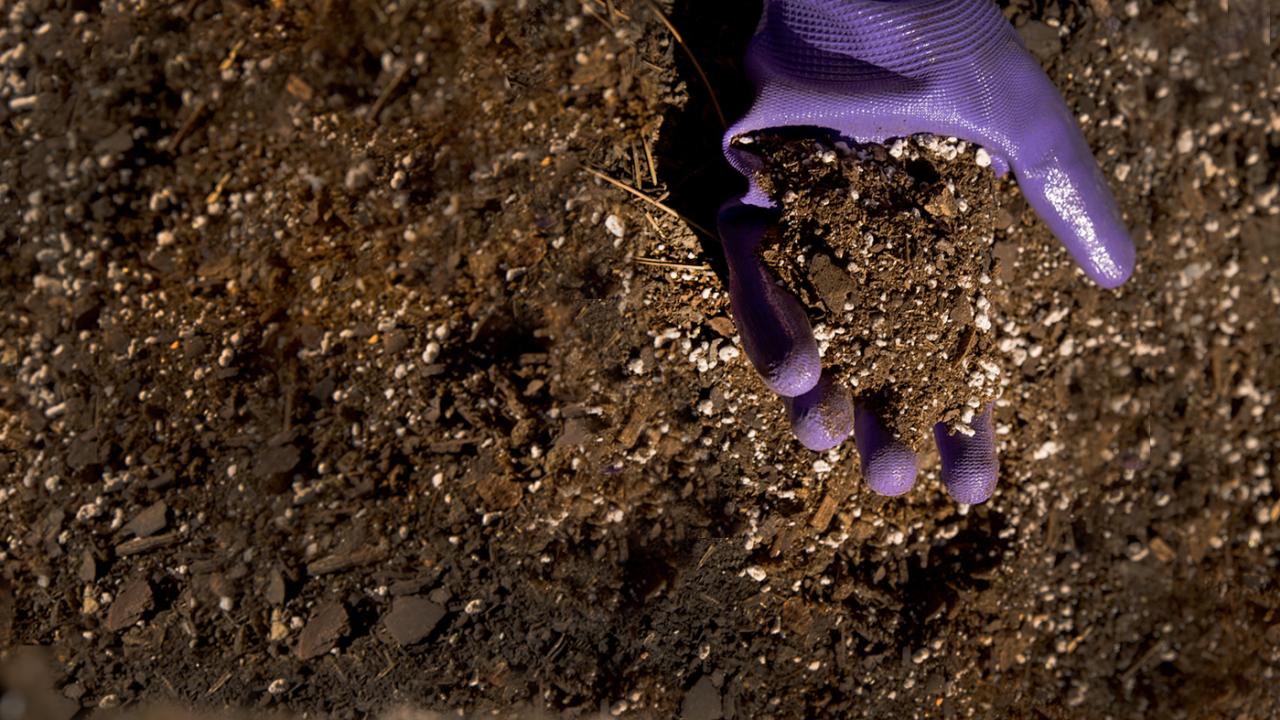
November
Plant spring bulbs
Roses winter protection
Keep perennials standing
Houseplants tips
Transplants
Watering
Winter pest protection
Temperature protection
Road-salt spray protection
Install wind breaks
Anti-desiccant sprays
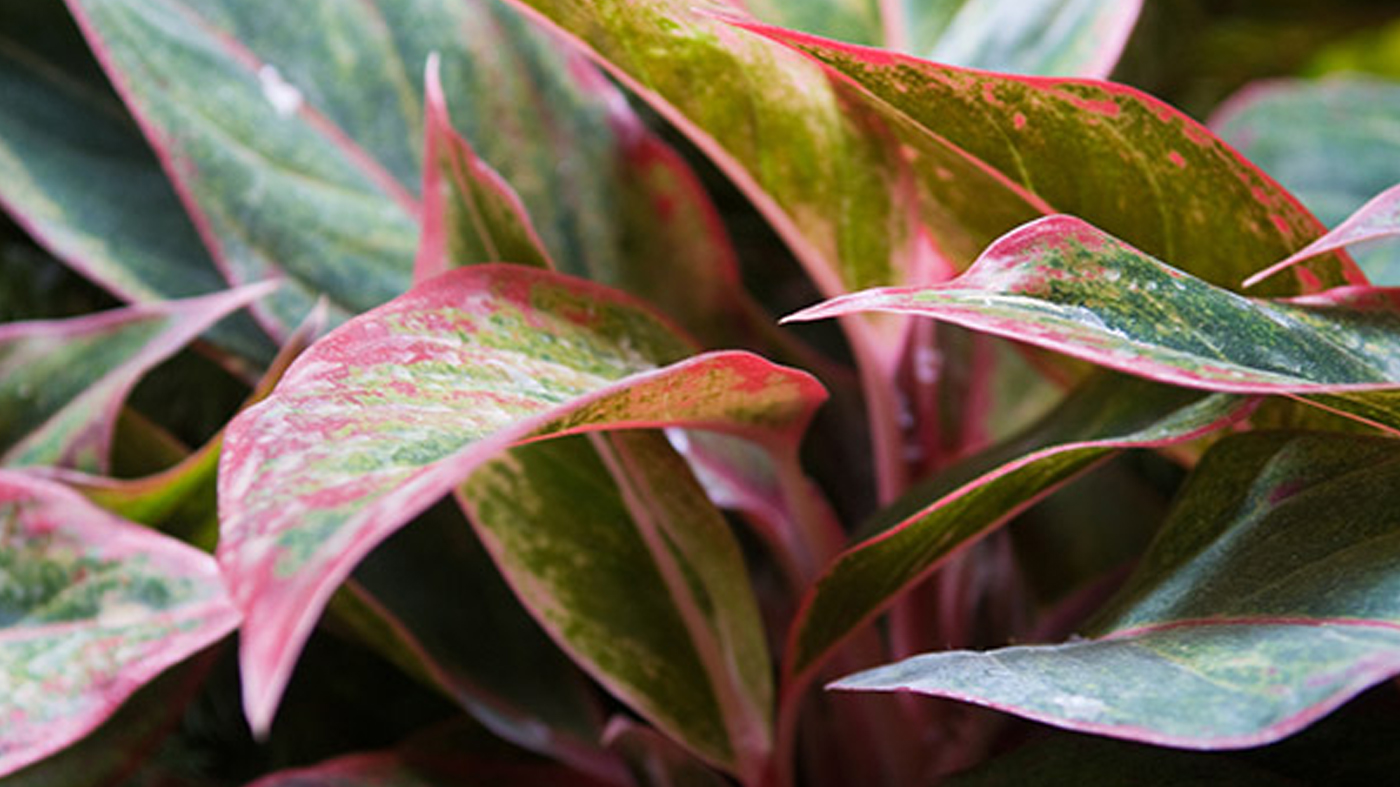
November is a great month to tuck your lawn and garden to bed for the season. Nighttime temperatures are dipping below freezing, frosts are more frequent, and the yard may soon be covered under a blanket of snow. This month, take advantage of any seasonally warm days to complete maintenance and cleanup tasks. Houseplants will also need some extra TLC; winter can create challenging indoor conditions that you may need to address in the coming months.
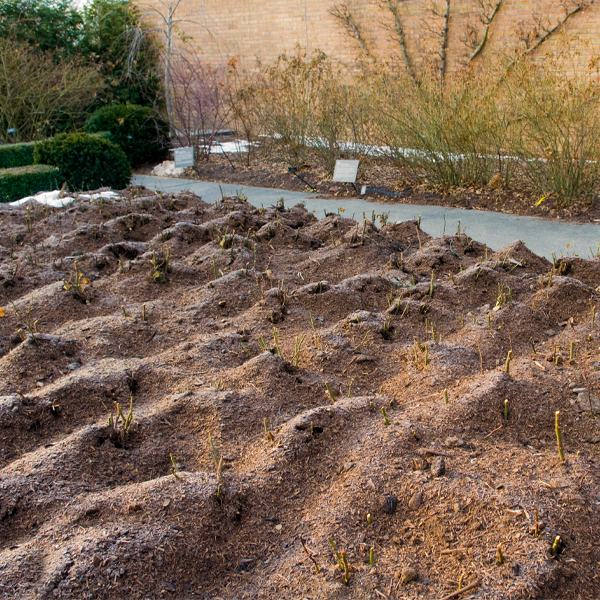
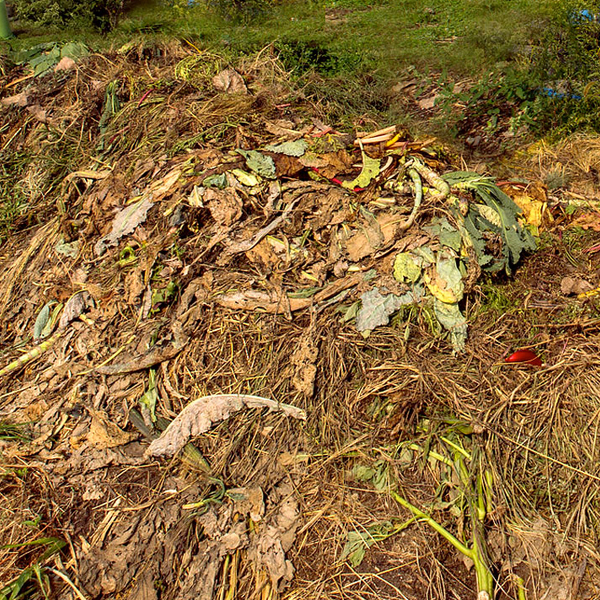

Garden To-Do List
Mulch garden beds
After the ground has completely frozen, add 2 to 3 inches of shredded leaves, composted manure, and/or garden compost to perennial borders and garden beds.
Keep feeding the compost heap
Continue to feed the compost pile with grass clippings and dried plant material removed from garden beds. Avoid adding diseased plants to the pile. Turn the pile regularly to speed decomposition.
Tend to garden tools and supplies
With the outdoor growing season coming to an end this month, it’s a great time to inspect your tools and supplies, and protect them from the harsh winter weather.
- Disconnect outdoor water sources before temperatures drop to below-freezing, and drain hoses before storing indoors. Keep in mind, however, that some trees and shrubs may require watering, so time this according to your yard’s needs.
- Clean, sharpen, and oil tools.
- Store all unused herbicides, pesticides, fertilizers, and chemicals in their original, labeled containers. If cardboard containers have become wet, consider disposing of the product. Avoid storing chemicals in unmarked plastic or glass containers because it’s too easy to forget what they are. Check expiration dates on products to be sure they’re still viable.
- Clean ceramic, cement, and/or terra-cotta containers; store in a frost-free space. Soil from containers can be stored in a pile outside and combined with equal parts fresh mix for next year’s containers.
- Potting soil from window boxes can be discarded or stored for later use, provided there are no signs of disease.
Protect garden beds from de-icing products
In the event of snowfall, avoid using salt-based de-icing products in or around garden areas. Shovel snow before it freezes on sidewalks and sprinkle sand on walkways close to plantings.
Annual and Perennial Care
Tree and Shrub Care
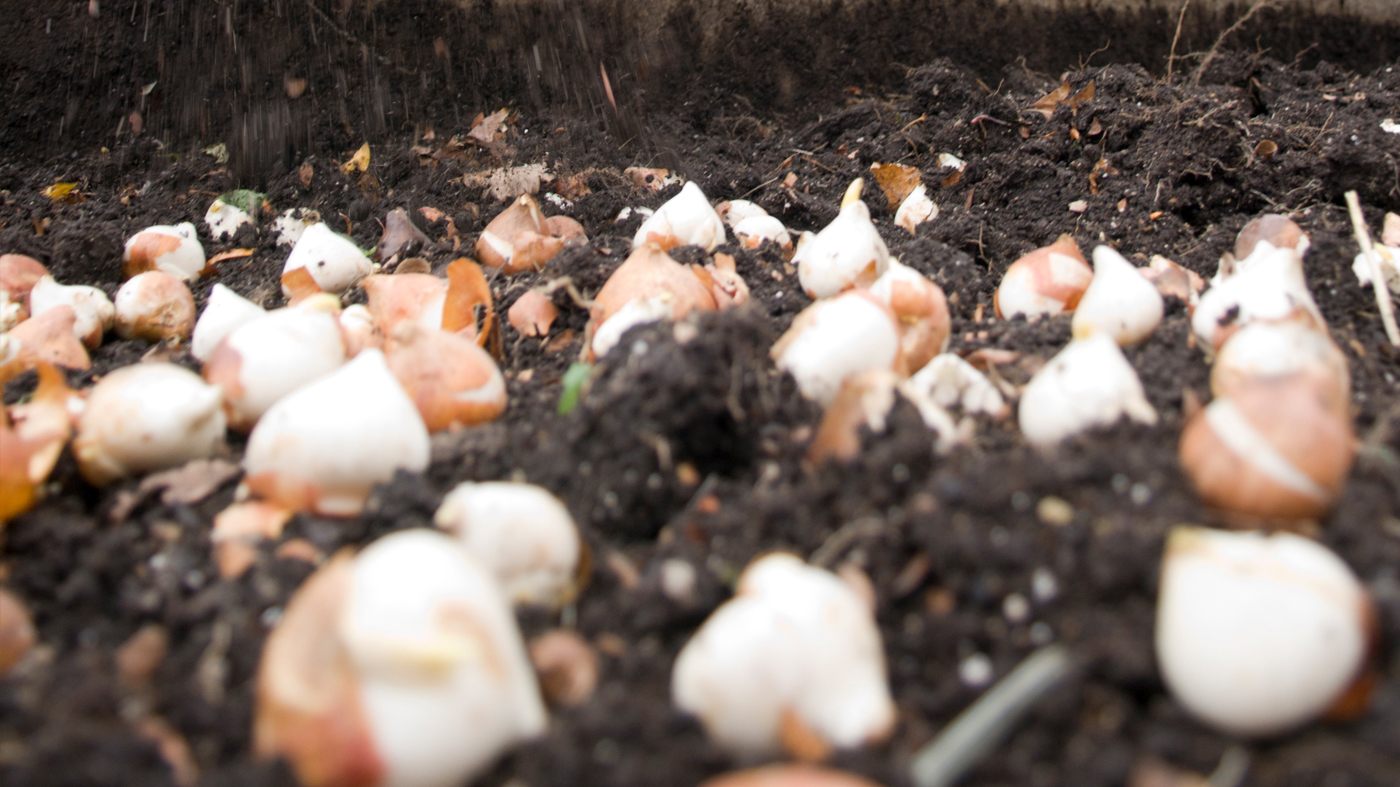
Keep planting spring bulbs if conditions allow
Continue to plant spring-flowering bulbs early this month if the soil hasn’t completely frozen and weather conditions permit. Choose a sunny, well-drained area and plant your bulbs two to three times as deep as the height of the bulb.
- If the soil is heavy clay, add compost, such as composted leaf mold.
- Sprinkle a slow-release granular fertilizer formulated for bulbs into the top layer of soil above the planting hole. Water the area well.
- After planting, add a layer of lightweight mulch to delay the soil from freezing early. This gives bulbs time to develop a strong root system.
- If planting a large bed of bulbs, dig all the soil first, arrange the bulbs, and backfill with soil.
- If rodents, deer, or rabbits have been a problem in the past, consider planting varieties of the following pest-resistant bulbs: daffodils (Narcissus spp.), grape hyacinth (Muscari armeniacum), ornamental onion (Allium spp.), fritillaria (Fritillaria spp.), and winter aconite (Eranthis hyemalis).
Winter protection for roses
Protect roses, especially newly planted shrubs, late this month or after several days of temperatures consistently falling below 20 degrees Fahrenheit.
- Mound 12 to 18 inches of compost at the base of roses. This mound will sink down over the winter.
- Tall rose varieties may need slight pruning to reduce their size; however, pruning of most roses should be kept to a minimum because spring pruning will also be necessary.
Keep perennials standing
If you can, don’t cut down perennials until spring. In addition to providing winter interest to the landscape, this approach also supports many desirable overwintering insects, including native butterflies, moths, and bees. However, do cut down and discard any diseased plants, which should not be added to a compost pile.
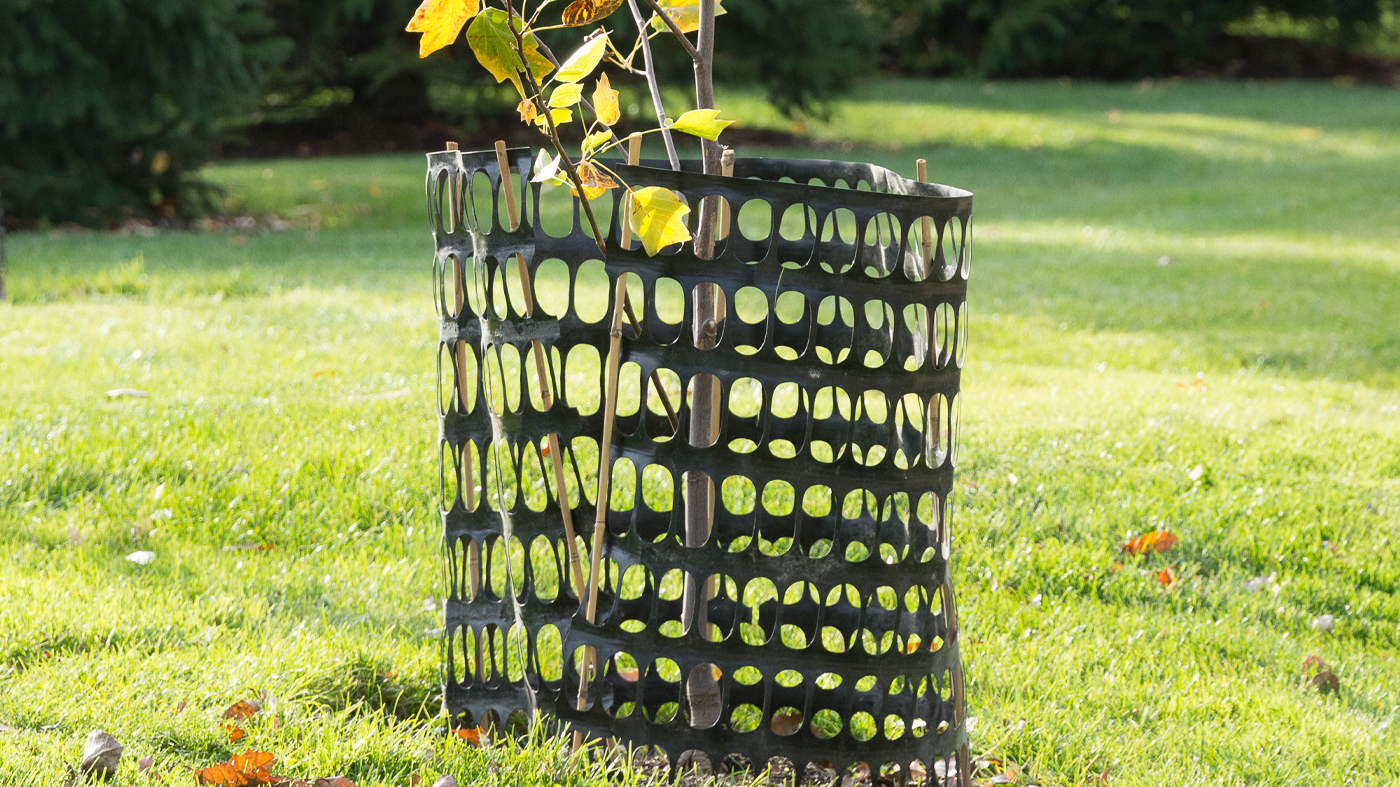
Keep watering, if necessary
If conditions are dry, continue to water trees and shrubs, especially evergreens, until the ground has frozen completely.
Protect trees and shrubs from winter pests
If rabbits, rodents, or deer have been a problem in past winters, take precautions with valuable woody plants now.
- To keep deer from rubbing antlers on tree trunks, install garden netting or snow fencing around vulnerable trees. Physical barriers can be more effective than repellents.
- Protect tree trunks from gnawing rabbits by setting up hardware cloth at least 2 feet tacked into the soil, 3 inches away from the trunk.
Protect vulnerable trees from temperature swings
Extreme temperature fluctuations in winter may inflict frost cracks or sun-scald injury on newly planted softwood trees, such as conifers. Consider wrapping vulnerable tree trunks with protective wrap and remove the wrap in spring.
Protect plants from road-salt spray
If necessary, construct burlap screening supported by wooden stakes to protect evergreens in the path of salt spray.
Install wind breaks
Bitter northwest winds can be harmful to some woody plants. If necessary, construct burlap windbreaks at least 12 inches from any newly planted, sensitive shrubs to help buffer the winds’ damaging effects.
Avoid using anti-desiccant sprays
Some gardeners have used anti-desiccant sprays to protect certain plants from the drying effects of winter winds. However, research indicates that the waxy coating these products create can interfere with normal transpiration in the plants’ foliage; these sprays are not recommended for routine use on broadleaf evergreens, such as azalea and rhododendron (Rhododendron spp.), boxwood (Buxus spp.), and holly (Ilex spp.). Also, consider transplanting plants that have exhibited winter burn to a more suitable location in the spring, ideally one that offers better protection from strong winter sun and wind.
Indoor Plant Care
Lawn Care
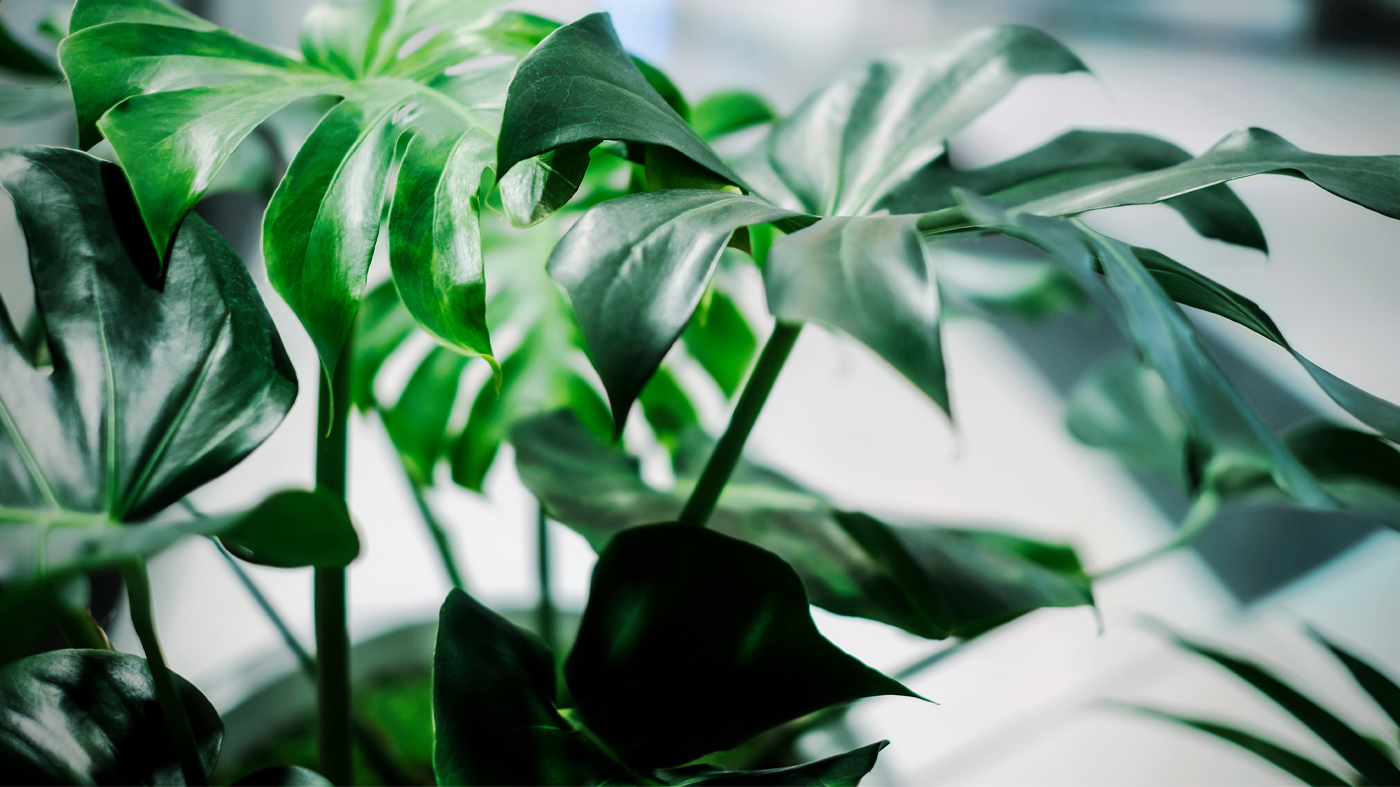
Winter tips for houseplants
Winter’s often-cloudy days, combined with drier conditions indoors, can be challenging for houseplants. Most houseplants appreciate a 10- to 15-degree difference in day and night temperature. Monitor plants for early signs of problems.
- Sun-loving houseplants might suffer during a cloudy winter season. If possible, consider using supplemental artificial lights.
- Avoid overwatering. Many species of houseplants require less-frequent watering in the winter than during their active growing season.
- When indoor heat is turned on, natural humidity disappears. Some houseplants require more humidity indoors and may benefit from occasional misting with a hand sprayer or a warm shower. Humidifiers and pebble trays can also help raise humidity.
- Cut back on fertilizer in general, but continue to fertilize orchids with very dilute orchid fertilizer until they set flower buds.
Keep tabs on transplants
Plants brought indoors in the fall may exhibit temporary “transplant shock” in their new environment due to changes in light and temperature. It is common for houseplants to lose most, if not all, of their leaves when they’re brought inside.
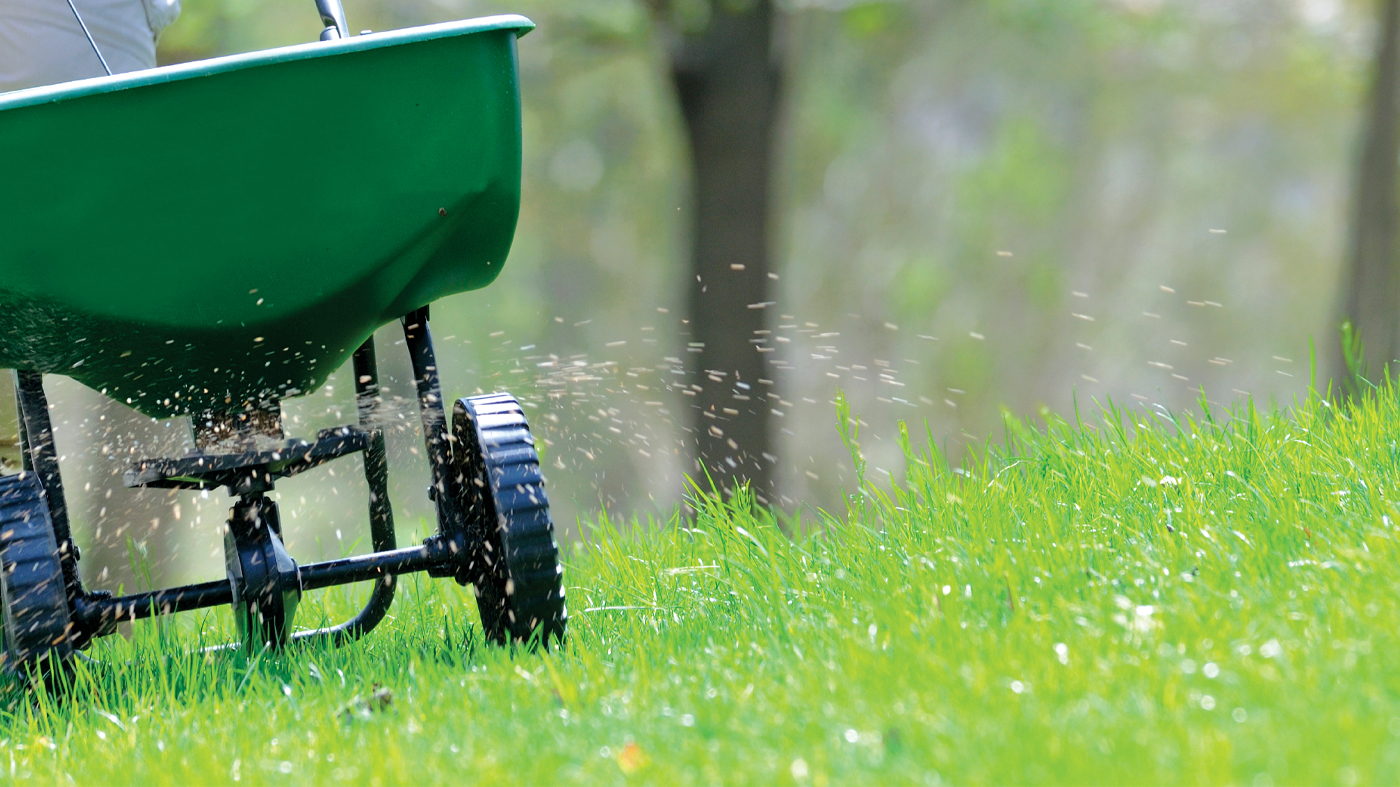
Fertilize for the final time this year
After the lawn is cut for the final time this year, apply a winterizing fertilizer with a slow-release organic product that is high in nitrogen. Chicago-area soils are naturally high in potassium and phosphorus, and most lawns don’t require more. This nitrogen application will help lawns green up faster in early spring.
November is a great month to …
force spring bulbs indoors
With the outdoor growing season now just a fond memory, forcing bulbs indoors can deliver beauty, fragrance (hyacinths, we’re talking to you), as well as seasonal cheer. Daffodils (Narcissus spp.), hyacinths (Hyacinthus spp.), dwarf iris (Iris pumila), and tulips (Tulipa spp.) are great candidates. It’s a great way to use any extra bulbs from fall planting, and take advantage of late-season bulb sales at garden centers. Mostly, though, it’s a wonderful way to brighten the coming winter weeks.

